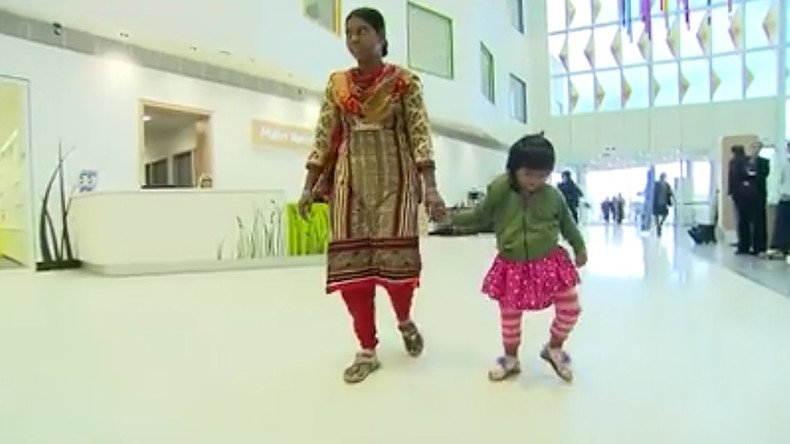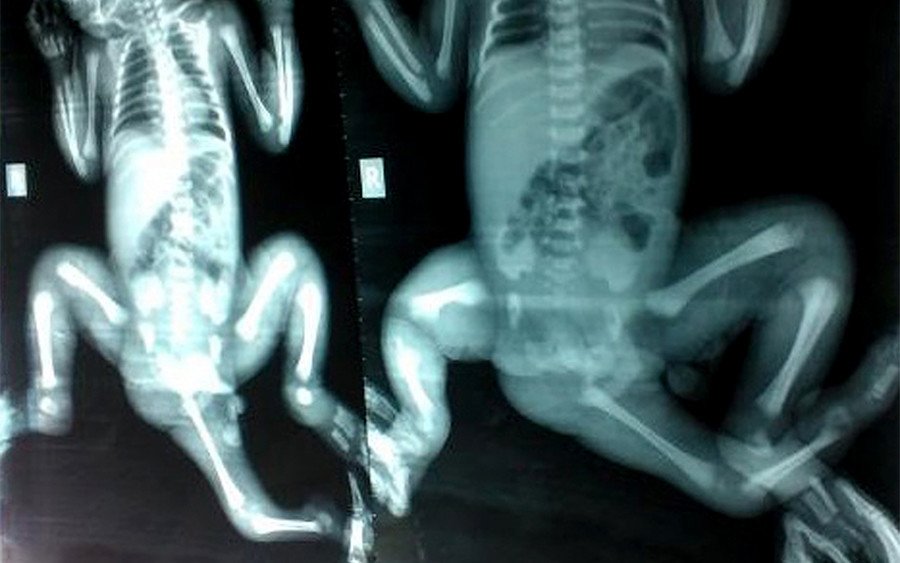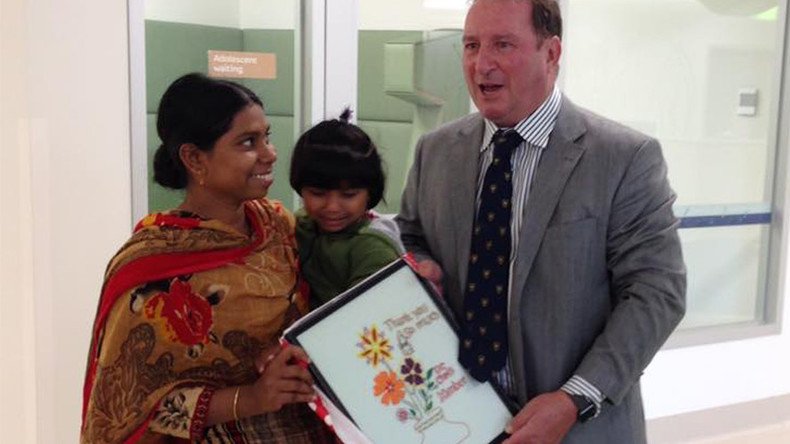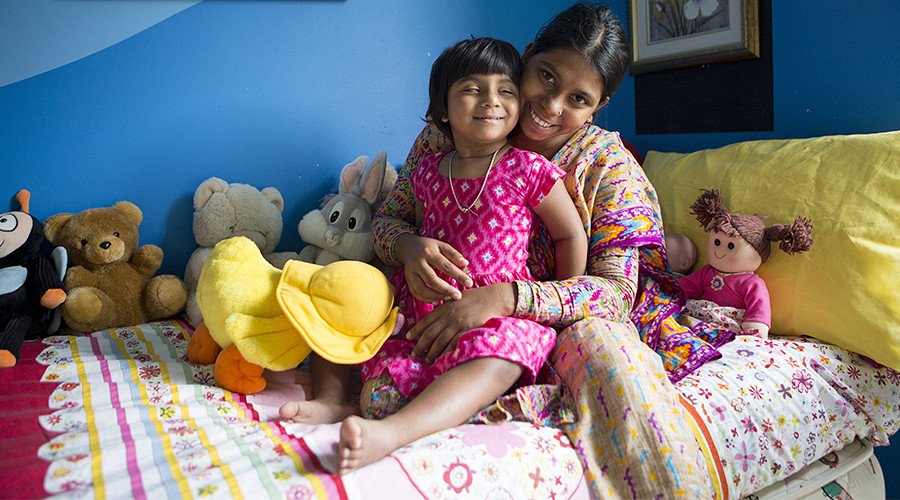Toddler takes 1st steps after Aussie doctors remove 3rd leg, extra organs from parasitic twin

A team of Australian surgeons has performed a life-saving operation on a Bangladeshi toddler who was born with the body parts of a partially formed twin. The physicians removed a third leg and other duplicate organs before reconstructing her lower body.
Three-year-old Choity Khatun was born with a rare condition known as ‘caudal twinning,’ meaning that part of a twin had developed in her pelvis – leaving her with three legs and various duplicated organs.
The young child was flown to Australia by the Children First Foundation charity, to undergo a procedure to remove the extra limb at Melbourne’s Monash Children's Hospital.

The surgery was anything but straightforward, as it involved cutting open Choity's tummy and attaching her bowel to her skin so she wouldn't die from a bowel obstruction.
In addition, many parts of her anatomy had to be reconstructed, due to double organs and the fact that many of those organs were in the wrong place inside her lower body.
Choity had two rectums, anuses, vaginas and uteruses. She was also incontinent, could not walk properly, and was malnourished.
It took the team of eight Australian surgeons a total of eight hours to complete the highly complicated operation, which took place in November. The doctors consulted with various experts from the US and Europe before conducting the surgery.
While the operation’s success is remarkable, the fact that Choity survived so long before having it is perhaps even more astonishing, according to the head of surgery at Monash Children's Hospital.
"This is very rare. Many of these children die in the womb, or they die soon after birth," Professor Chris Kimber told the Australian Broadcasting Corporation (ABC).

Although Choity had been seen by doctors in her home country, they were "perplexed what to do," Kimber said.
"Everything was connected in the wrong place…[and in the long term], she was highly likely to get overwhelming infections and die from those."
Although part of the leg was previously removed by surgeons in Bangladesh, they were unable to go further.
Kimber admitted that he and his colleagues had feared Choity might be incontinent for the rest of her life following the operation, but said that was avoided after they found extra muscles and were "able to reconstruct reasonable normal anatomy."

Although he admitted the surgery was a risk, considering Choity would be sent back to Bangladesh without the money or resources for any potential ongoing care, Kimber said the operation turned out well.
"She's now able to walk and run and go to the toilet, and this is going to make a big difference to her life back in Bangladesh," he said.
Choity is also partially blind, but an examination at the hospital found that her sight could unfortunately not be improved.
After months of recovery, Choity is finally preparing to return home to Bangladesh.












